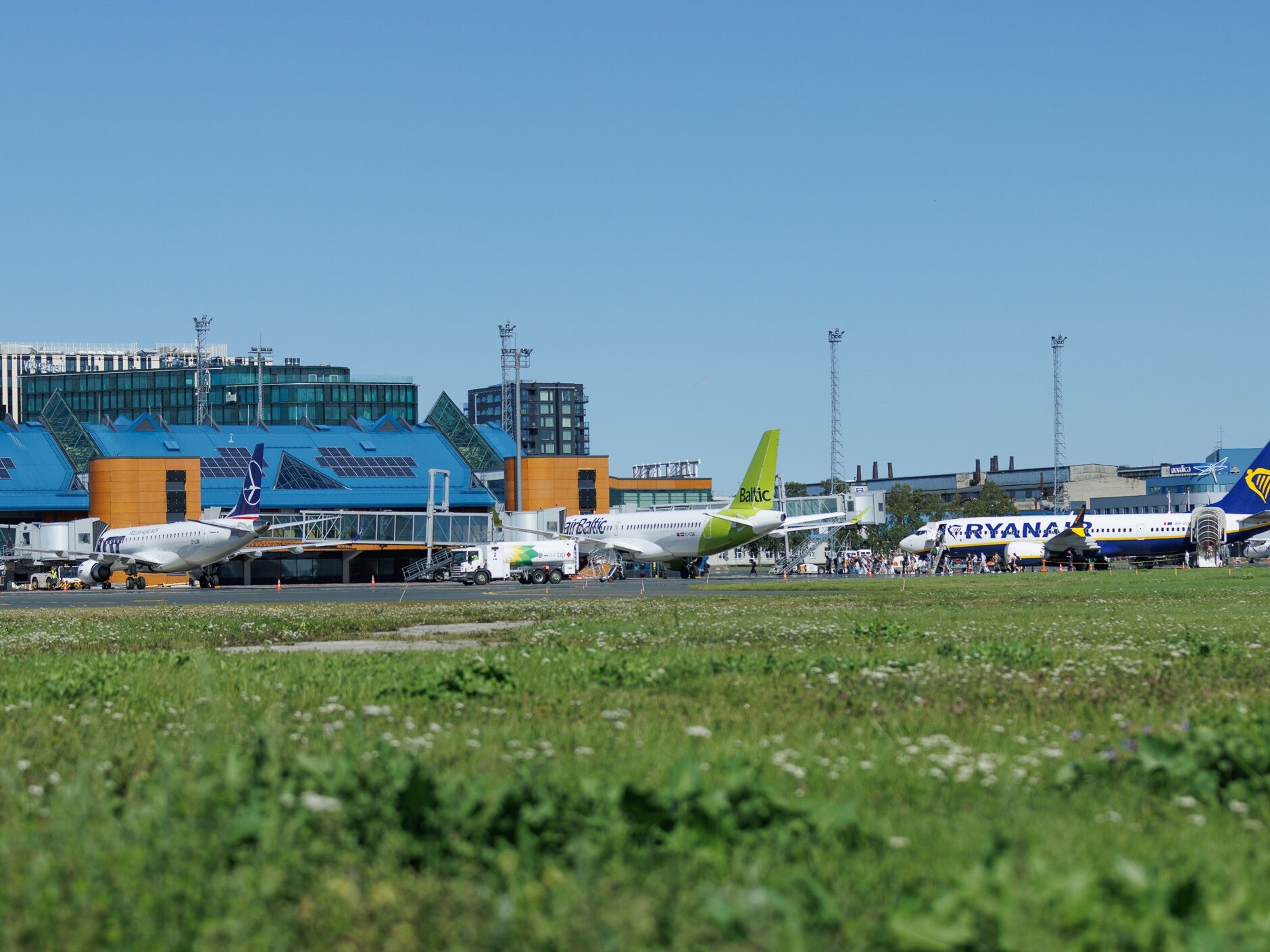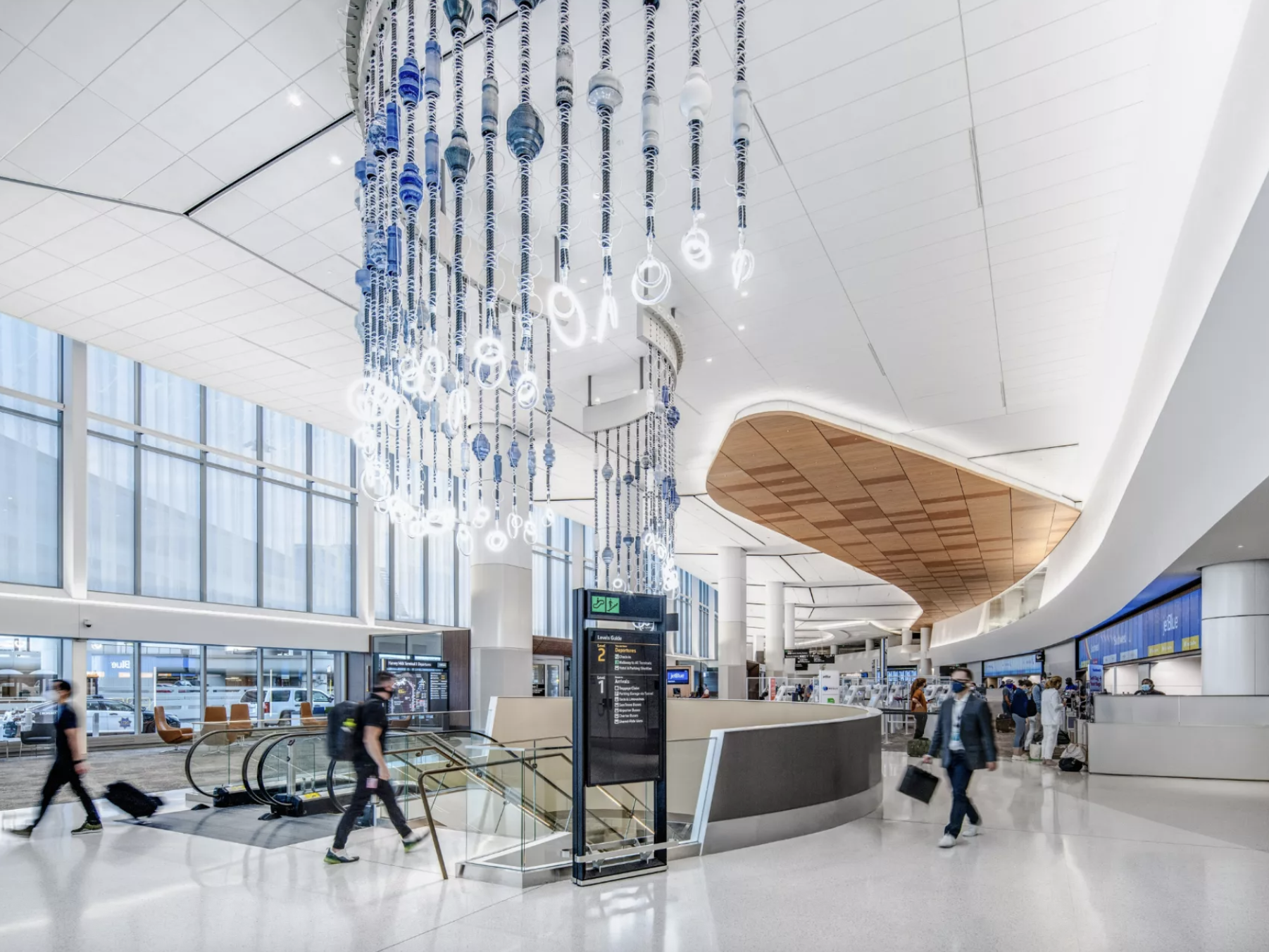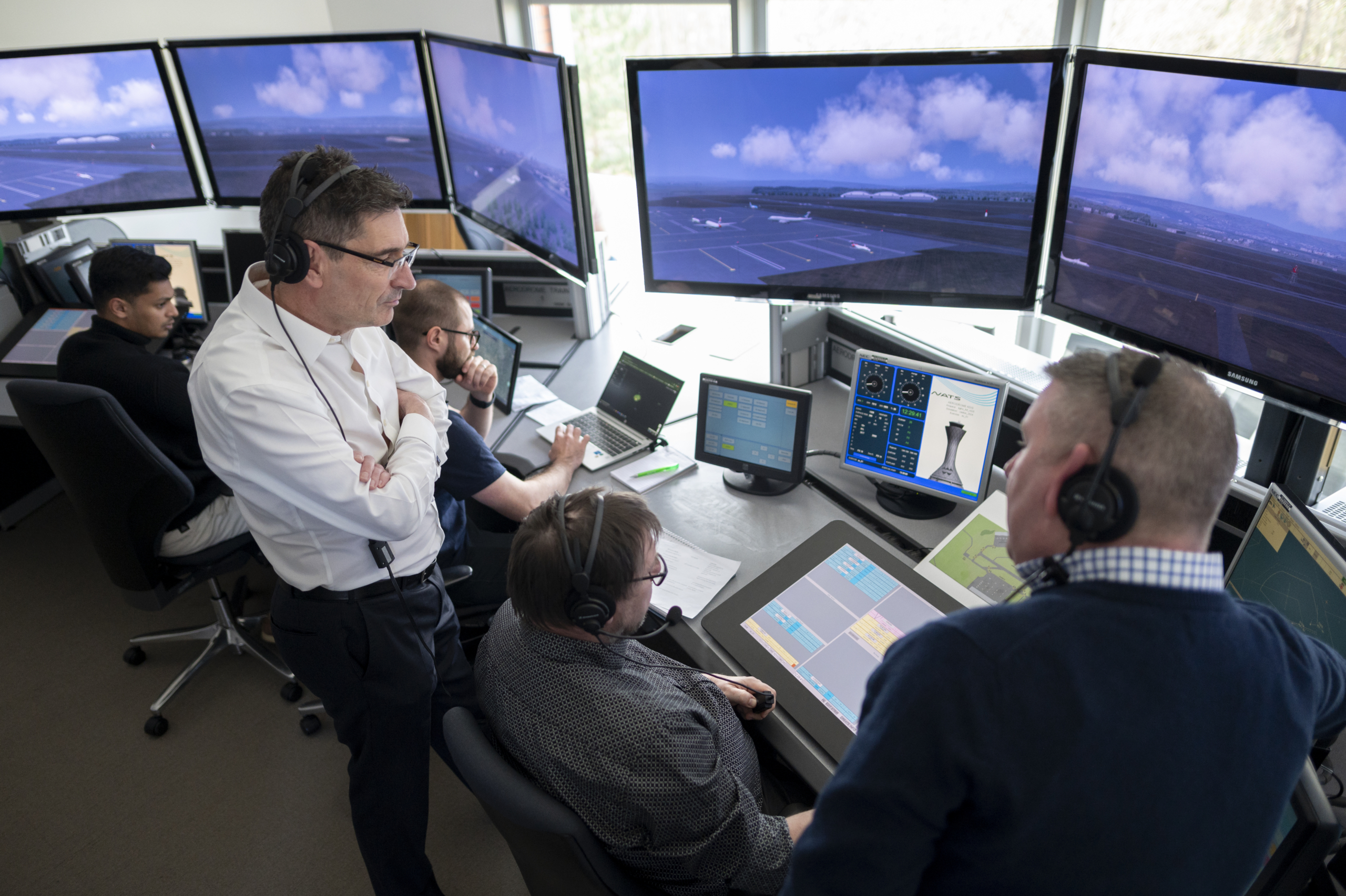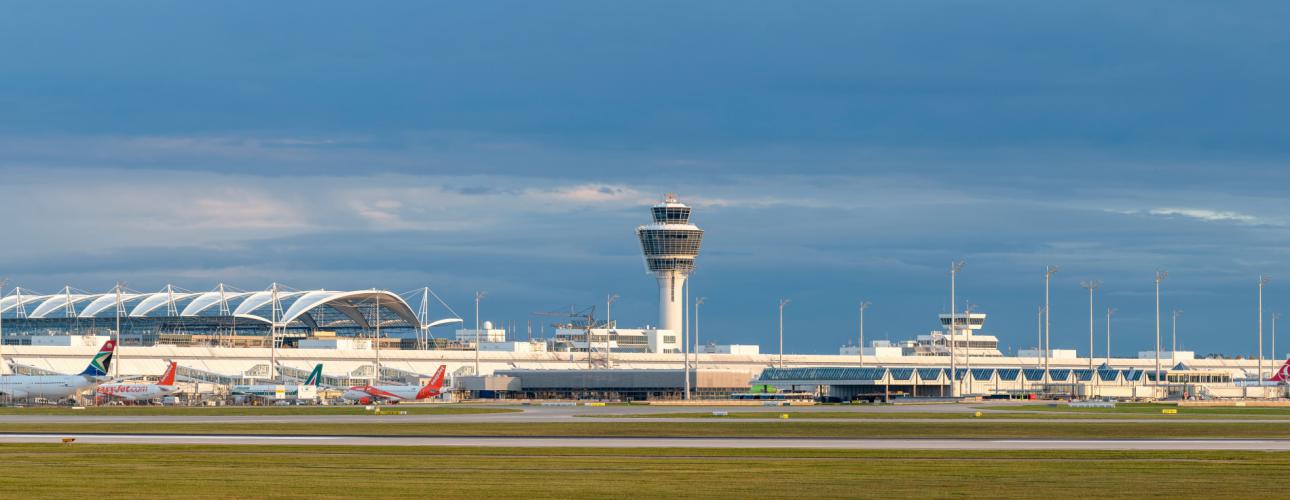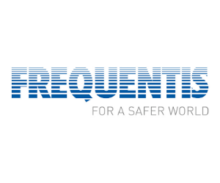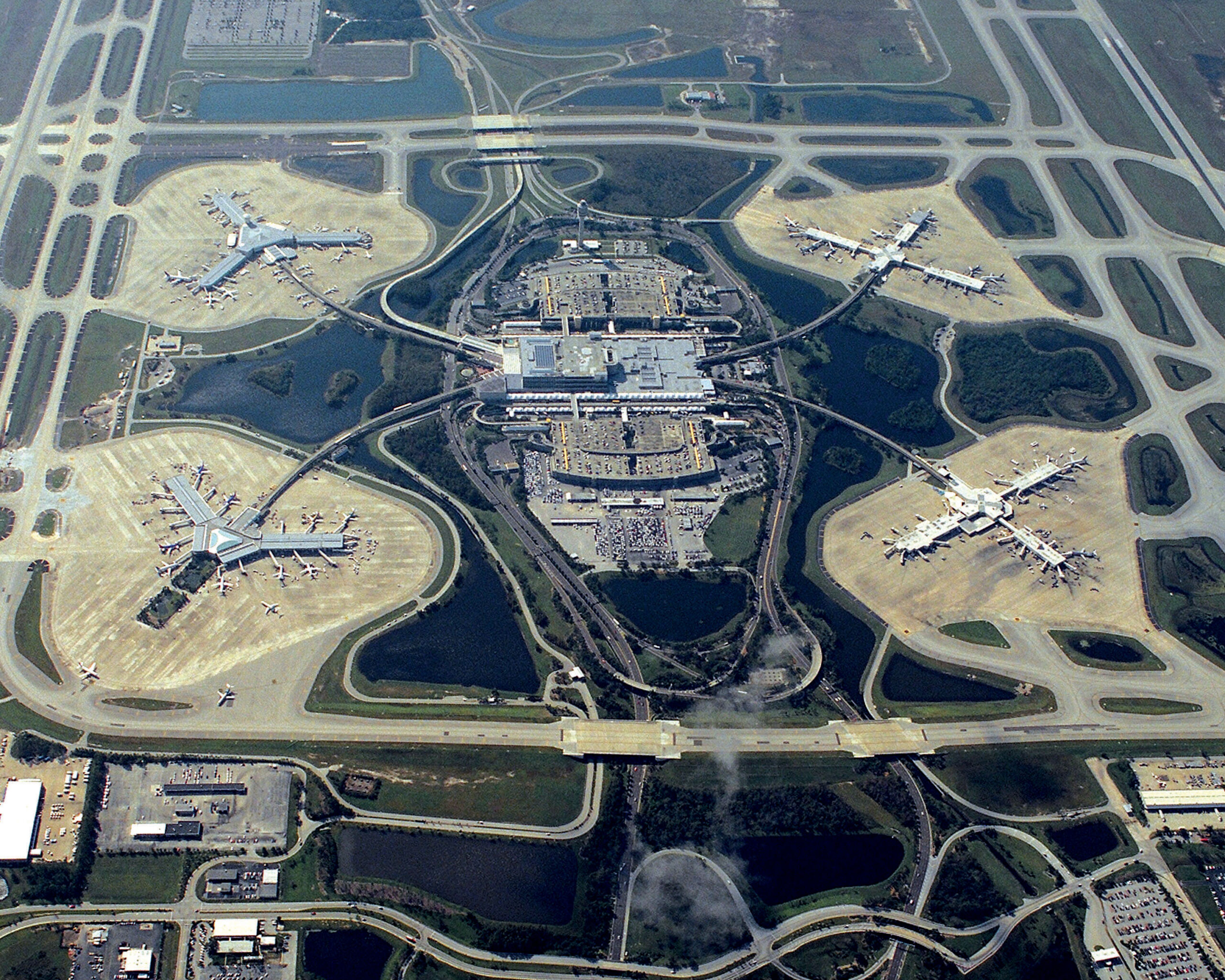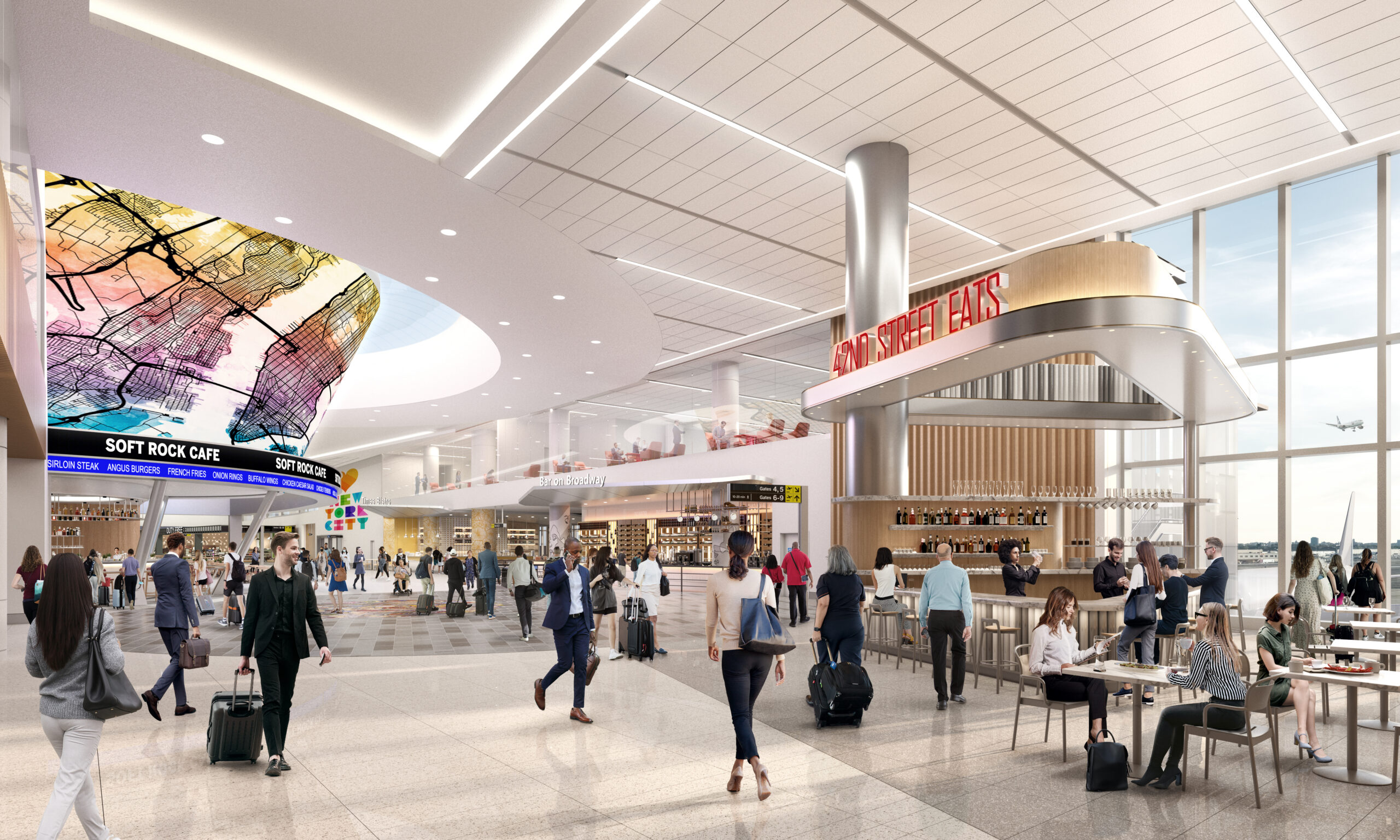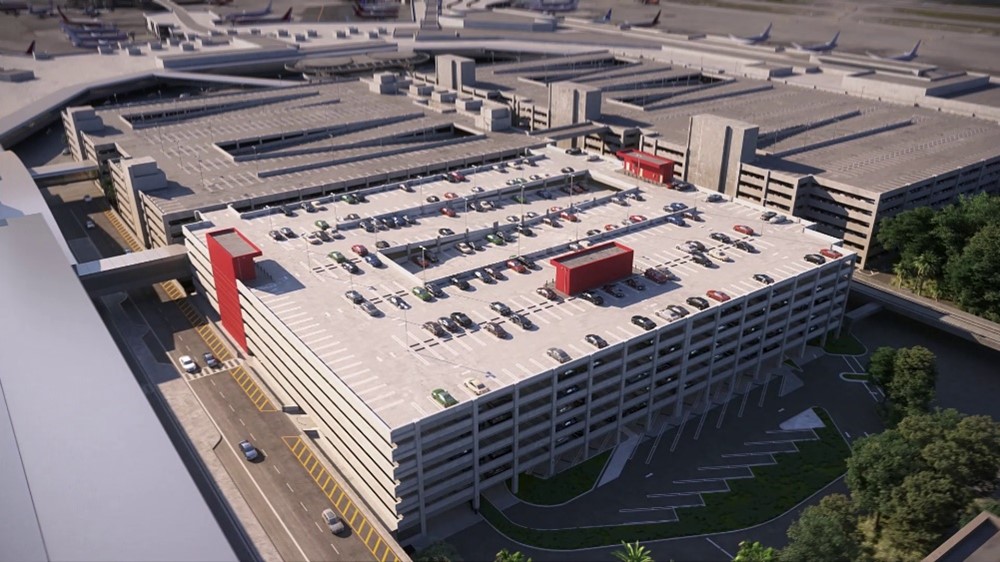The Federal Aviation Administration (FAA) is rolling out a new surface safety tool at airports across the US.
The Approach Runway Verification (ARV) technology will be installed at air traffic control towers across the nation to improve airport safety.
This technology provides controllers with visual and audible alerts if an approaching aircraft is lined up to land on the wrong airport surface, or at the wrong airport.
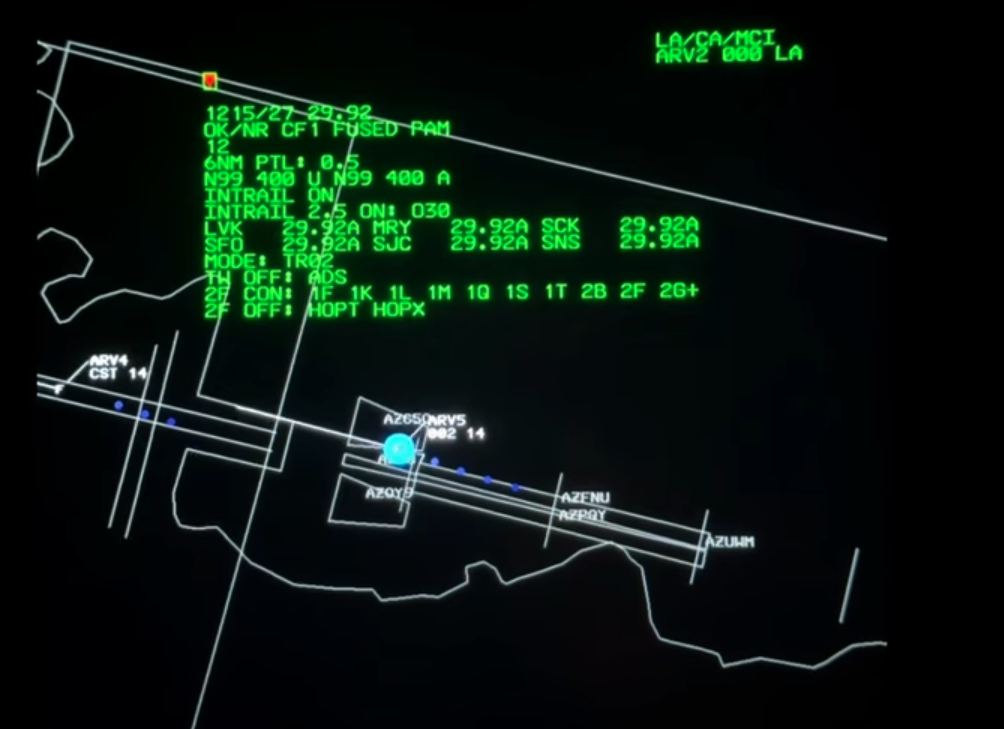
Austin-Bergstrom International Airport (AUS) has become the latest site to start using ARV safety technology this week. In addition, the technology is installed at:
- Lincoln Tower (LNK)
- Elton Hensley (FTT)
- Lansing (LAN)
- DuPage (DPA)
- Chicago Executive (PWK)
- Tallahassee (TLH)
- Cedar Rapids (CID)
- Branson West Municipal (FWB)
- Gerald Ford International (GRR)
- Elkhart Municipal (EKM)
- South Bend (SBN)
- M. Graham Clark Downtown Airport (PLK)
The FAA will also continue to deploy ARV at other facilities across the nation throughout 2024 and into 2025.
FAA Administrator Mike Whitaker said:A safe National Airspace System begins and ends on the airport surface,” said. “Providing controllers with tools such as Approach Runway Verification will improve their situational awareness of the airport surface, which is paramount to improving safety.
When aircraft are approaching the airport, air traffic controllers issue a landing clearance to a specific runway. In the sky, the pilot may think they are aligned with the proper runway but could actually be lined up with an adjacent runway or taxiway. If this scenario occurs, ARV will alert the controller if the aircraft is not aligned with the correct runway surface.
This is one of three surface situational awareness solutions in the FAA’s fast-tracked surface safety portfolio. The other tools are the Runway Incursion Device (RID) and the Surface Awareness Initiative (SAI).



